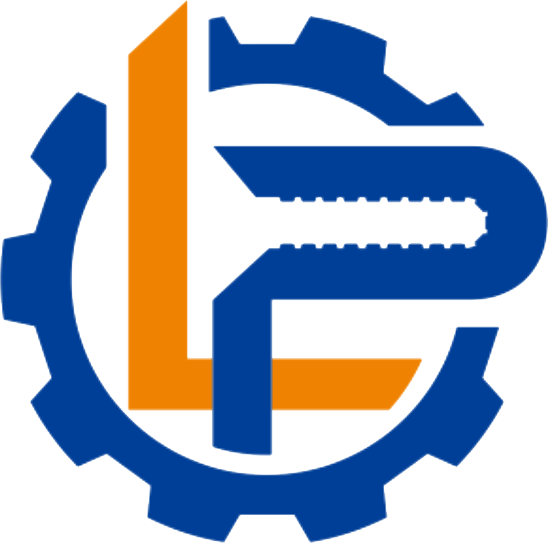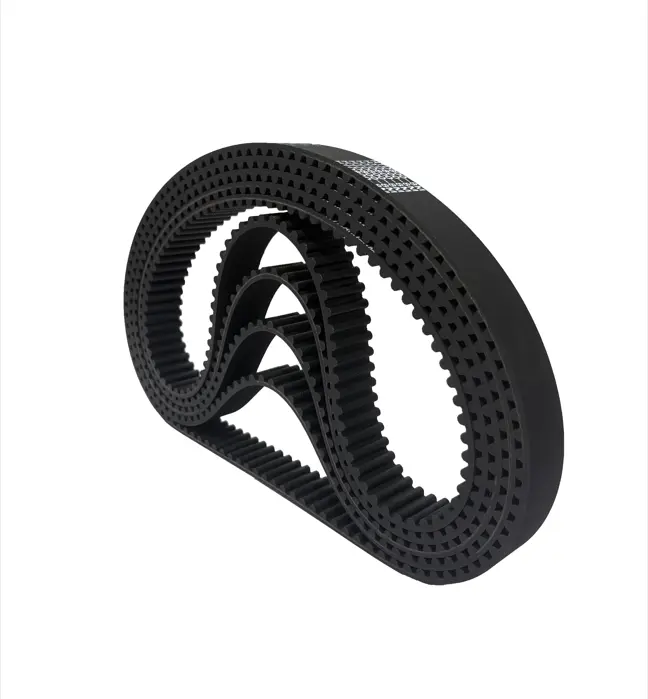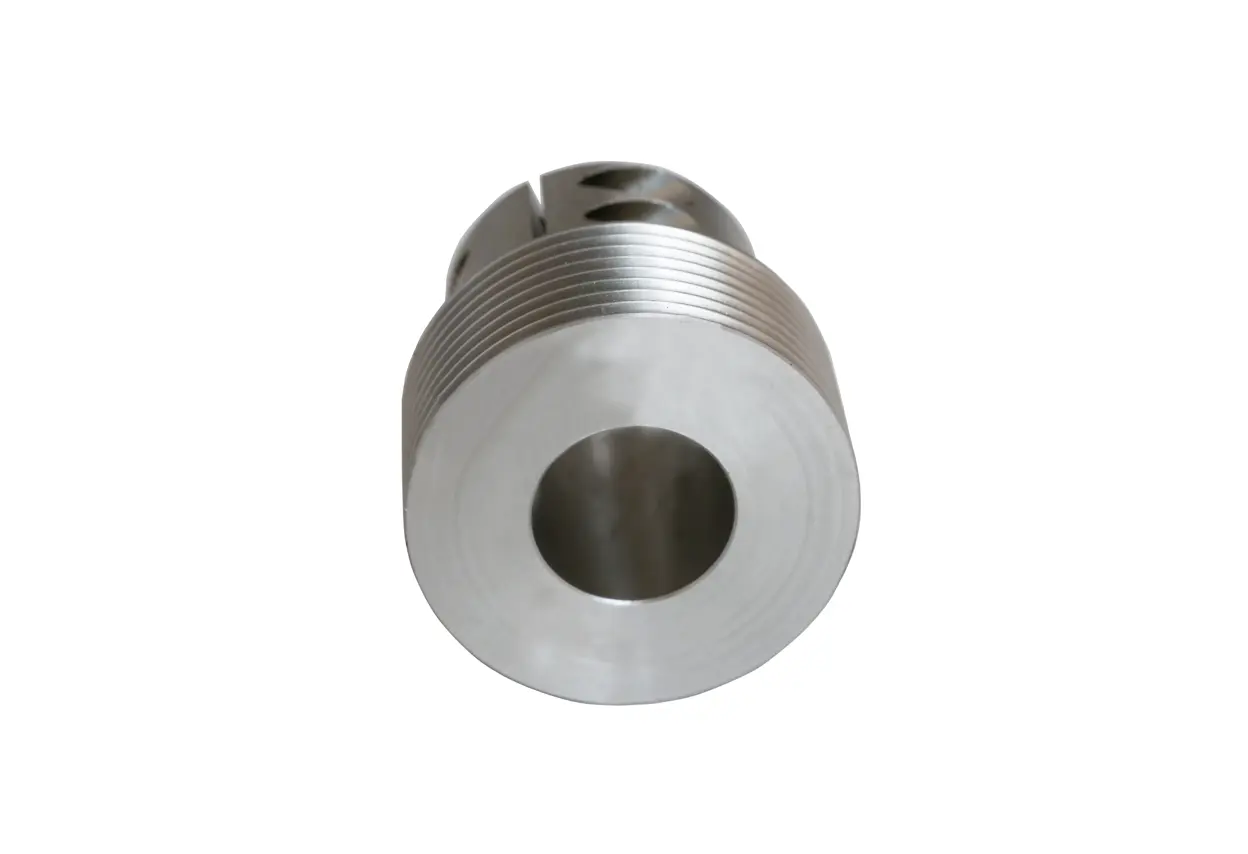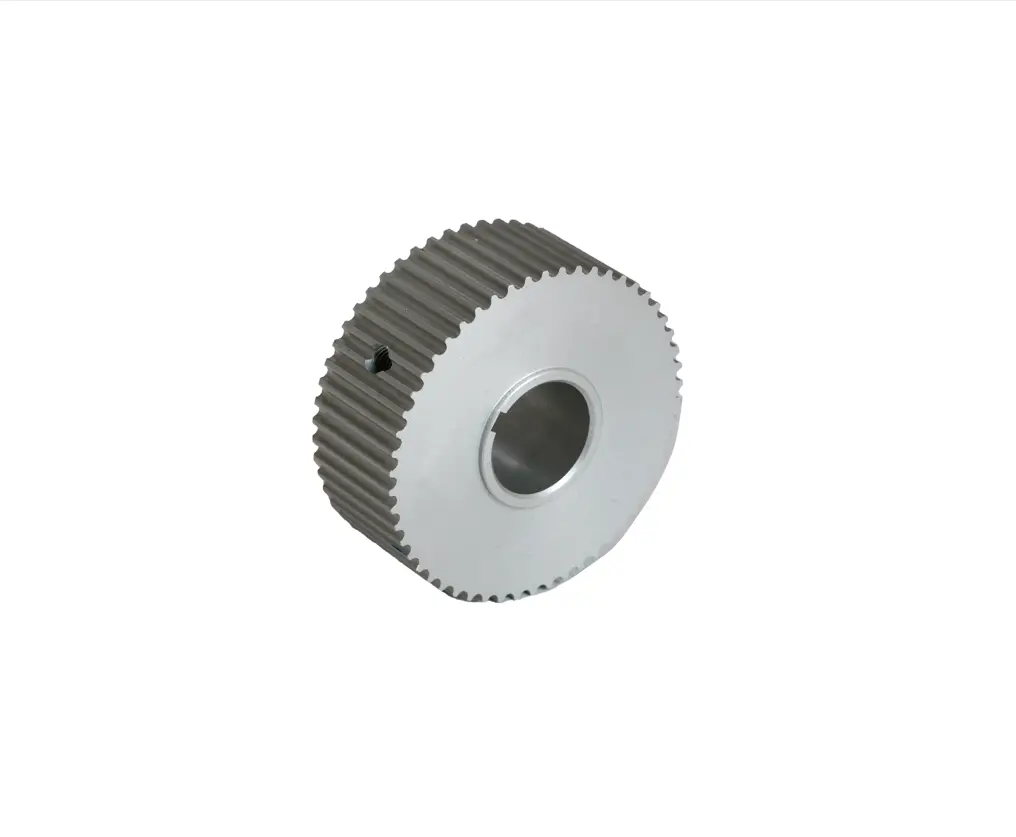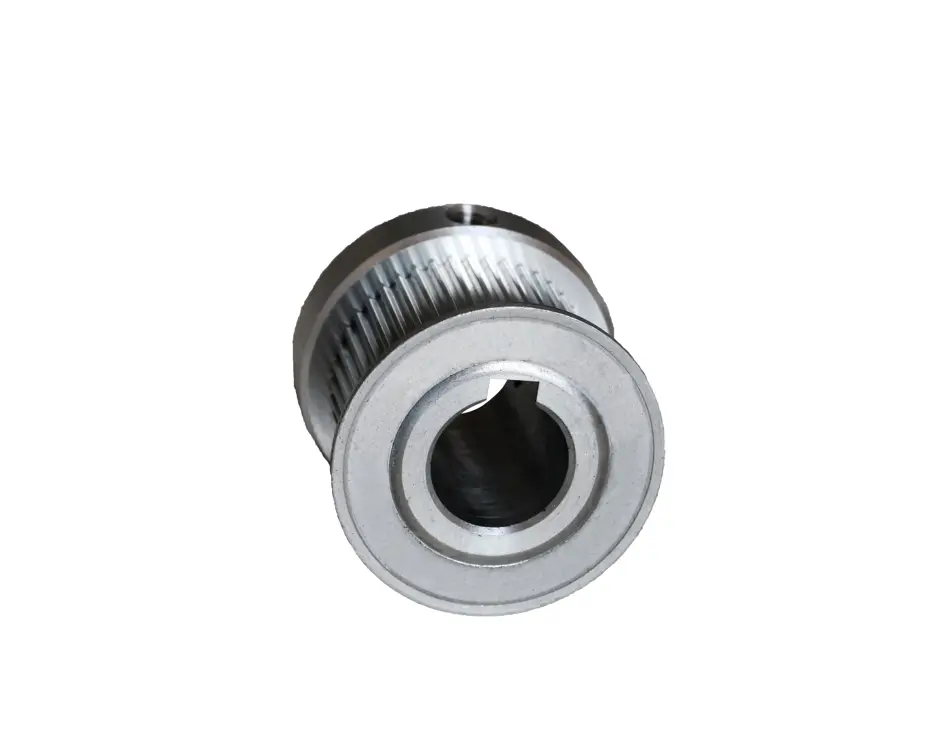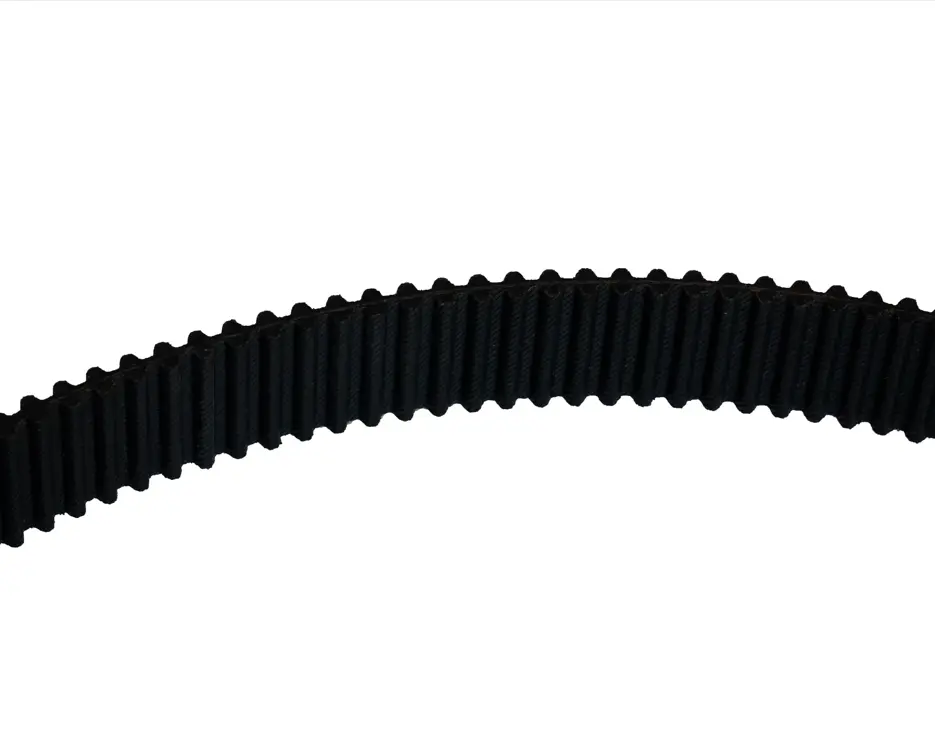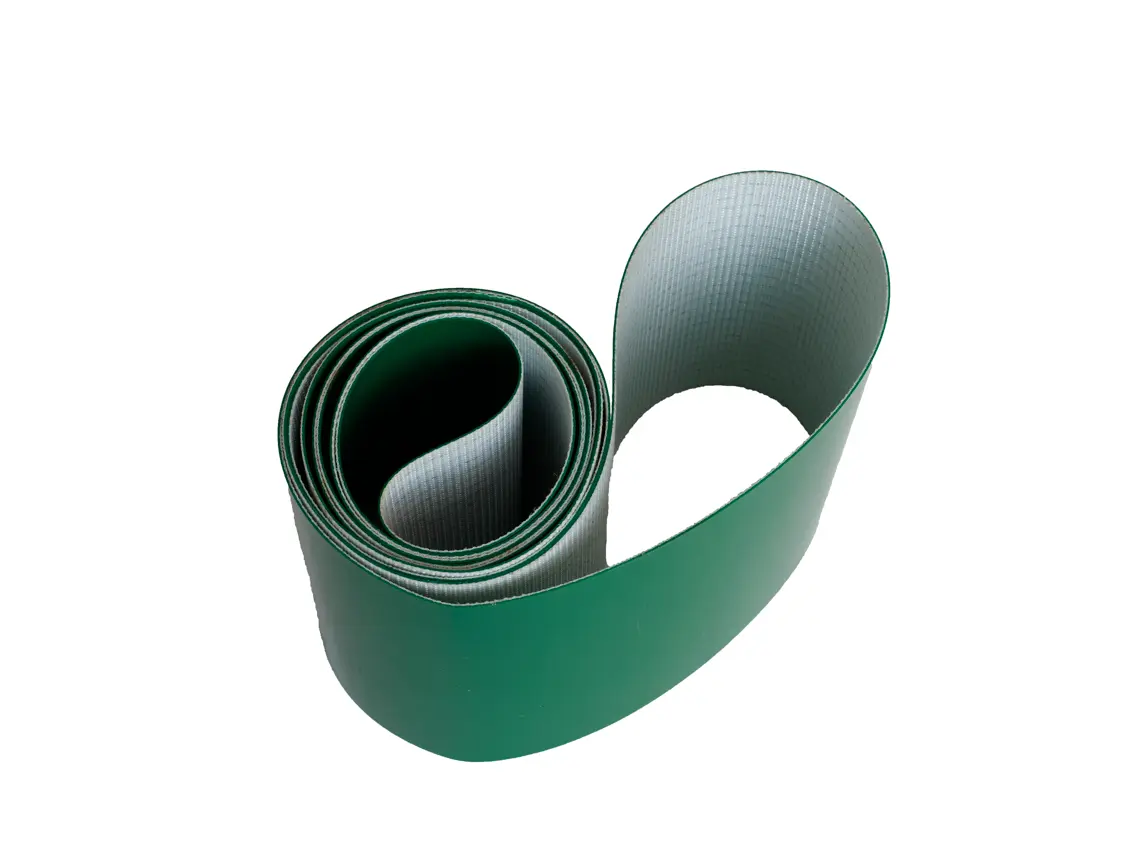How to Choose PU Flat Belts for Efficient High-Speed Sorting Systems?

Choosing the right PU flat belt is crucial for boosting efficiency in high-speed sorting systems. A quality belt can significantly reduce energy loss and improve operational stability. When working with a reputable belt manufacturer, users can find tailored solutions that meet their specific needs. If you have questions, feel free to contact us!
Key Takeaways
- Choosing the right Pu Flat Belt boosts efficiency in sorting systems. Focus on material properties like flexibility and wear resistance for optimal performance.
- Select appropriate belt dimensions to prevent slippage and ensure smooth operation. Width and thickness directly impact sorting effectiveness.
- Regular maintenance, including inspections and cleaning, is crucial for longevity. Look for signs of wear to avoid costly downtimes.
Key Considerations for PU Flat Belts
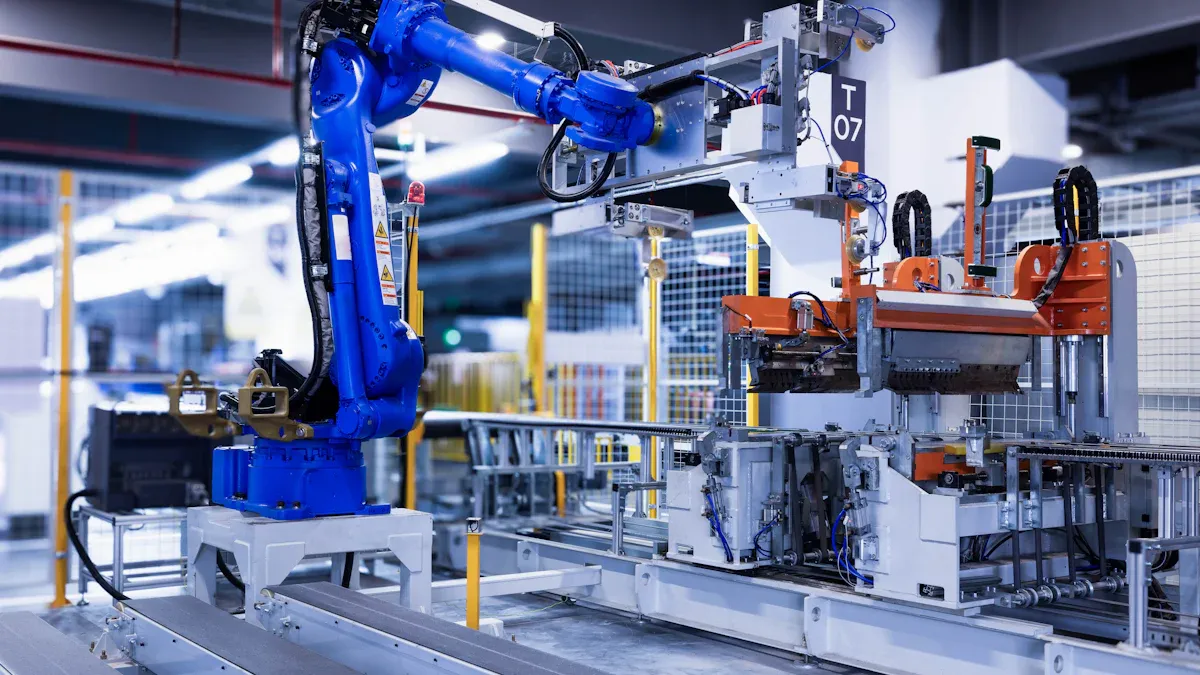
When selecting PU flat belts for high-speed sorting systems, several key factors come into play. Understanding these considerations can help ensure optimal performance and longevity of the belts in various operational environments.
Material Properties of PU Flat Belts
The material properties of PU flat belts significantly influence their performance. Here are some essential characteristics to consider:
| Property | Description |
|---|---|
| Flexibility | High flexibility allows for smooth operation and adaptability in various sorting scenarios. |
| Wear Resistance | Excellent wear resistance ensures longevity and reliability in high-speed applications. |
| Mechanical Properties | Strong mechanical properties support the handling of delicate items without damage. |
These properties make PU flat belts a reliable choice for sorting systems, especially in industries like food processing and electronics, where precision is crucial.
Optimal Belt Dimensions
Choosing the right dimensions for PU flat belts is vital for their effectiveness. The width and thickness of the belts can affect their performance in sorting applications. Here’s a quick overview of recommended dimensions:
| Width Range | Thickness Range |
|---|---|
| 0 mm - 700 mm | 3 mm - 4.5 mm |
| max 75.0 cm | max 4.0 mm |
| 1 mm - 1,000 mm | 0.025 mm - 1 mm |
Selecting the appropriate dimensions ensures that the belts fit well within the sorting system, allowing for efficient movement and reducing the risk of slippage or misalignment.
Load Capacity Requirements
Load capacity is another critical factor when choosing PU flat belts. The hardness or elasticity of the polyurethane directly impacts the belt's load capacity, wear resistance, and overall performance. Here are some insights:
- Harder polyurethane grades (90-95A) are ideal for heavy-duty and high-friction applications, enhancing shape retention and resistance to deformation.
- Softer grades (60-70A) provide cushioning, making them suitable for handling delicate products.
Understanding the load capacity requirements helps in selecting a belt that can handle the specific demands of the sorting system without compromising efficiency.
Compatibility of PU Flat Belts
When selecting PU flat belts, compatibility with existing equipment is essential. Ensuring that the belts work well with current systems can enhance performance and reduce operational issues. Here are some key factors to consider when assessing compatibility.
Assessing Existing Equipment
Before choosing a PU flat belt, evaluate the existing conveyor equipment. This assessment helps identify the right belt for your needs. Here’s a table summarizing important factors to consider:
| Factor | Description | Benefits | Considerations |
|---|---|---|---|
| Material Compatibility | The conveyor belt should be compatible with the materials it will transport. | Avoids material degradation and ensures longevity. | Different materials affect cost and performance. |
| Belt Width | The width of the conveyor belt should match the size of the items being moved. | Maximizes efficiency and product flow. | Wider belts may require larger systems. |
| Adjustable Speed | The ability to change the speed at which materials are moved. | Improves process flexibility and responsiveness to demand. | Higher speeds may require more precise control. |
| Durability | Construction materials that withstand wear and tear over long periods. | Reduces maintenance costs and downtime. | Consider environmental factors affecting wear. |
| Safety Features | Incorporates guards and emergency stops for operator safety. | Minimizes the risk of accidents in the workplace. | Compliance with safety regulations is essential. |
| Energy Efficiency | Low energy consumption designs yield cost savings. | Reduces operational costs and carbon footprint. | Initial investment may be higher for energy-efficient models. |
By carefully assessing these factors, businesses can ensure that their PU flat belts will integrate seamlessly with their existing systems.
Integration with Sorting Systems
Integrating PU flat belts into sorting systems requires attention to detail. The type of conveyor drives and pulleys can significantly influence the selection of compatible belts. Here are some points to keep in mind:
- Stronger belts may have high setup costs but offer better performance.
- Economical options can lead to higher operating costs due to potential failures.
- Environmental considerations can complicate material selection.
Additionally, the following table outlines how different factors affect the compatibility of PU flat belts:
| Factor | Influence on PU Flat Belts |
|---|---|
| Pulley Dimensions | Affects the fit and compatibility with the belt |
| Materials | Determines durability and performance under load |
| Lagging | Influences grip and tracking stability |
| Bearings | Impacts operational efficiency and maintenance requirements |
It's crucial to consider how the type of pulley affects belt tracking and load capacity. The right combination of components can lead to improved operational efficiency and reduced maintenance needs.
By ensuring compatibility between PU flat belts and sorting systems, businesses can enhance their overall productivity and reliability.
Performance Factors of PU Flat Belts

When it comes to high-speed sorting systems, performance factors play a vital role in ensuring efficiency and reliability. Understanding how speed, friction, and wear resistance affect PU flat belts can help businesses make informed decisions for their operations.
Speed Requirements for High Efficiency
Speed is a crucial element in high-speed sorting systems. The right belt speed can significantly enhance throughput and overall efficiency. If the conveyor belts move too slowly, they can create bottlenecks, leading to delays in sorting. Conversely, if they move too quickly, it may result in mutual impediment, which can adversely affect performance.
One effective solution is to implement a divided conveyor belt system. In this setup, each belt accelerates relative to the previous one, creating gaps between cargo units. This design not only improves throughput but also enhances overall efficiency by reducing idle times. By optimizing speed, businesses can ensure that their sorting systems operate smoothly and effectively.
Friction Levels and Their Impact
Friction plays a critical role in the movement of products along PU flat belts. The right friction levels ensure reliable product movement, while excessive or insufficient friction can lead to operational challenges.
Here’s a quick look at the optimal friction coefficients for different types of PU flat belts:
| Belt Type | Friction Coefficient (Front Side) | Friction Coefficient (Back Side) |
|---|---|---|
| Standard PU Flat Belt | 0.6 | 0.2 |
| Food-Grade PU Flat Belt | 0.6 | 0.2 |
| Grip PU Flat Belt | 0.7 | 0.2 |
The inclination angle (α) also affects sorting speed. A larger angle can lead to quicker sorting times while maintaining the same output level. Different friction coefficients between box types can result in varying sorting efficiencies. For instance, Box B may show a higher friction ratio, enhancing its sorting capability compared to Box A.
Moreover, the initial velocity (V0) can improve sorting rates, especially when combined with the inclination. This indicates that both friction and motion parameters are critical for optimizing sorting operations.
Wear Resistance in High-Speed Operations
Wear resistance is another essential factor for PU flat belts, especially in high-speed operations. The constant movement and friction can lead to wear and tear over time. Therefore, selecting belts with excellent wear resistance ensures longevity and reliability.
PU flat belts are designed to withstand harsh conditions, including exposure to chemicals and temperature fluctuations. They maintain their integrity even at temperatures ranging from -30℃ to +80℃. This durability is crucial for high-speed sorting systems, where consistent performance is necessary to avoid costly downtimes.
Maintenance for PU Flat Belts
Maintaining PU flat belts is essential for ensuring their longevity and optimal performance in high-speed sorting systems. Regular inspections, proper cleaning, and timely replacements can prevent costly downtimes and enhance efficiency.
Regular Inspection Practices
Regular inspections help detect early signs of wear or damage in PU flat belts. Here are some effective techniques:
| Inspection Technique | Description |
|---|---|
| Visual Inspections | Experienced personnel conduct regular checks to identify visible wear or damage. |
| Infrared Thermography | This technique identifies hot spots due to friction or misalignment, indicating potential issues. |
| Ultrasonic Monitoring | It detects internal damages or variations in belt thickness not visible externally. |
| Laser Scanning | Measures wear patterns and overall belt condition accurately. |
By implementing these inspection practices, operators can catch problems before they escalate.
Cleaning and Care Tips
Keeping PU flat belts clean is vital for their performance. Here’s a simple cleaning process:
| Phase | Method/Agent Description |
|---|---|
| Pre-Cleaning Phase | Remove debris using soft brushes or air knives; rinse with water. |
| Cleaning Phase | Use food-grade detergent suitable for polyurethane; scrub with brushes or pads. |
| Sanitizing Phase | Apply compatible sanitizers; rinse with potable water if necessary. |
| Drying and Inspection | Thoroughly dry the belt and inspect for cleanliness and wear. |
Establishing a regular cleaning schedule helps maintain the integrity of the PU flat belts.
Replacement Guidelines for Longevity
Knowing when to replace PU flat belts is crucial. Here are key indicators that signal the need for replacement:
- Visible Damage: Look for cracks, tears, or frayed edges.
- Unusual Noise: Excessive noise during operation can indicate misalignment or wear.
- Slippage: If the belt slips or fails to maintain tension, it may be worn out.
- Reduced Performance: A decline in speed or efficiency often points to degradation.
By keeping an eye on these signs, operators can ensure that their sorting systems run smoothly.
In summary, choosing the right PU flat belts is vital for high-speed sorting systems. High-quality belts lead to:
- Enhanced durability, reducing maintenance costs.
- Less wear and tear, minimizing downtime.
- Improved efficiency, translating to lower long-term expenses.
Careful selection ensures optimal performance and cost-effectiveness in operations. 🌟
FAQ
What are PU flat belts made of?
PU flat belts consist of high-quality polyurethane, offering excellent flexibility and wear resistance.
How do I know if my PU flat belt needs replacement?
Look for visible damage, unusual noise, slippage, or reduced performance as signs for replacement.
Can PU flat belts be customized?
Yes, PU flat belts can be tailored to meet specific requirements, including size, thickness, and surface texture.
